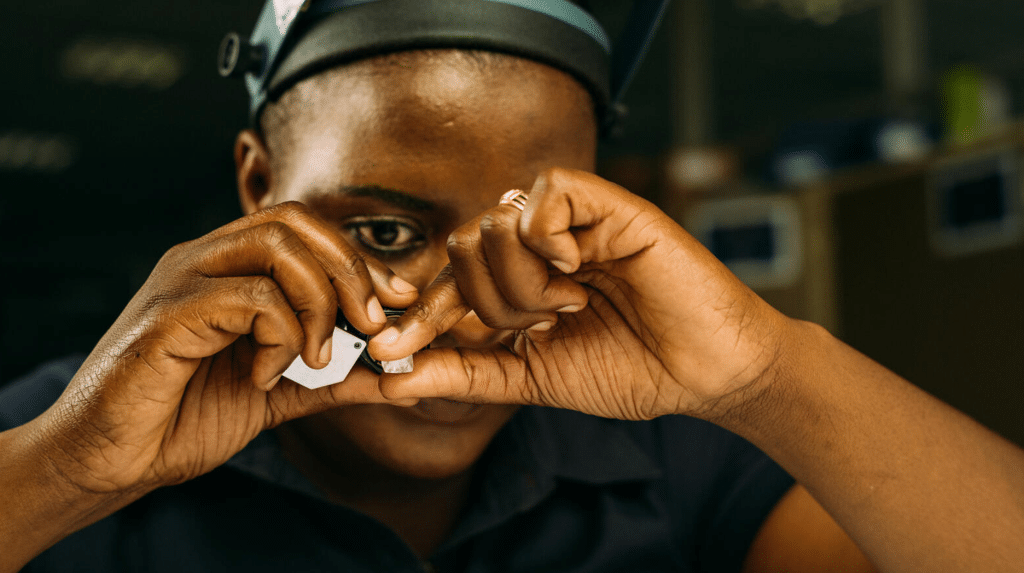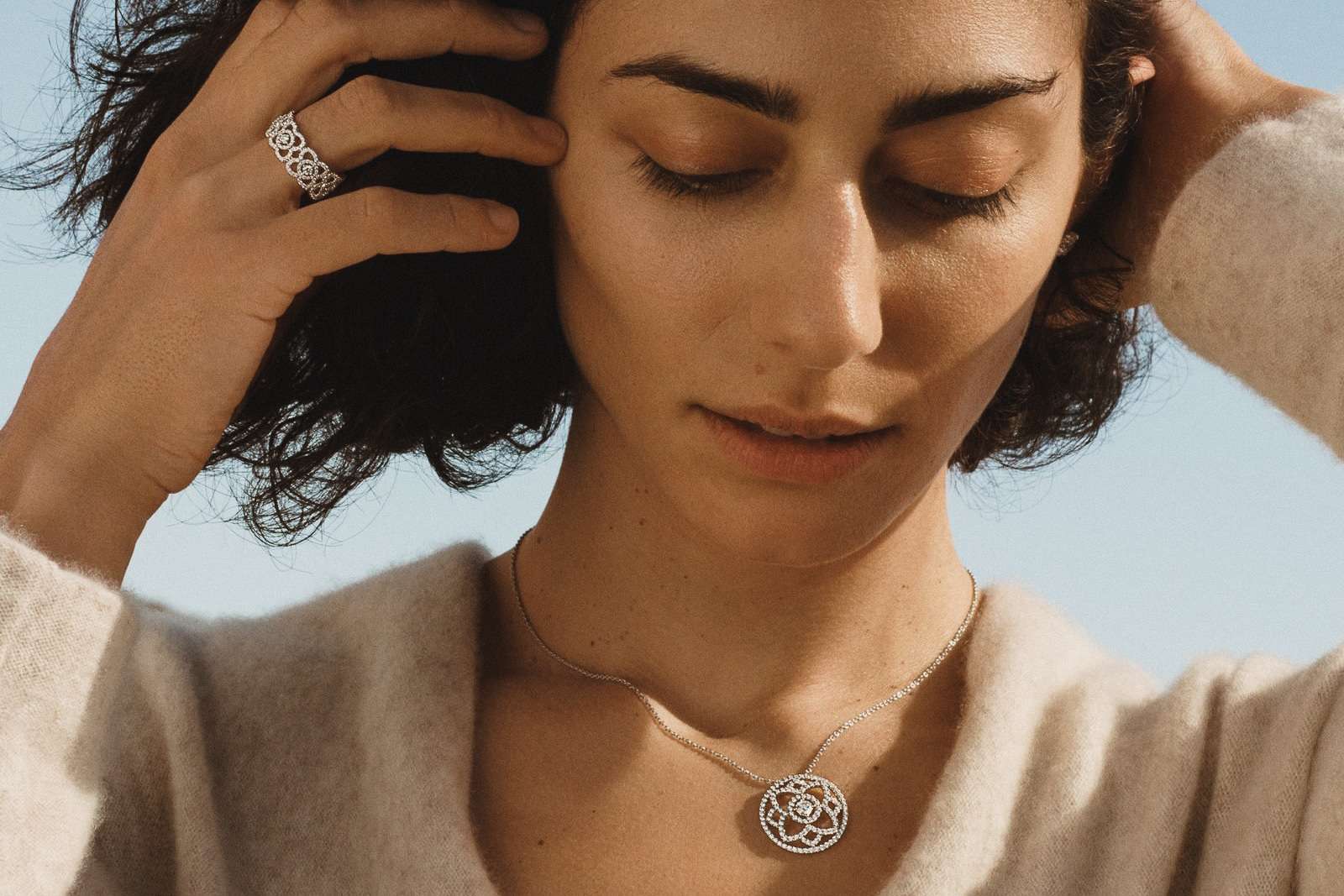In its latest Diamond Insight Report, the De Beers Group outlines the purchasing habits of its consumers and a shifting focus toward sustainable and ethical jewelry.
De Beers’ newest Flash Insights report comes on the heels of a comprehensive Diamond Insights report last month, based on a global study of more than 8,400 consumers. After clothing and food, demand for sustainable products is highest in the jewelry industry, says the 2021 Insights report.
“Sustainability has risen to the top of many stakeholders’ priorities in the last few years, not least those of consumers,” Bruce Cleaver, De Beers CEO says in the report published last month.
Operating responsibly
The reports come after De Beers deepened its conservation efforts with National Geographic to help protect the vulnerable Okavango Basin, one of Africa’s most significant ecosystems that spans across regions where De Beers’ diamonds are sourced.
“Operating responsibly is now the baseline of consumer expectations, but beyond knowing their purchase has caused no harm, consumers also want to know how their purchases have helped create a better future for people and the planet,” says Cleaver.

“The diamond industry has a significant opportunity to demonstrate its sustainability credentials to a new generation of consumers. Because, as this report highlights, sustainability today is more than the right thing to do; it’s critical to maintaining consumer desire, trust, and loyalty.”
According to De Beers’ findings, more than 33 percent of consumers now value sustainability over price and design of diamonds when purchasing; 56 percent of consumers are willing to pay ten to 20 percent more for sustainable diamonds and jewelry; and 30 percent of Millennials, as well as 21 percent of Gen-Z, have made sustainable jewelry purchases.
“The sustainability movement has irreversible momentum, driven by scientists, investors, governments, NGOs and consumers,” reads the report. “It is not only ethical to consider environmental, social and governance (ESG) issues; it is critical to good business. Research has found that paying attention to ESG concerns does not compromise returns; in fact, it’s the opposite.”
Sustainability considerations
Consumers surveyed in the report say the top five sustainability considerations when it comes to shopping for diamonds are: the protection of the environment, fair worker treatment, conflict-free sourcing, supporting local communities, and diamond origin.

“It’s clear from this research that while provenance remains of high importance to luxury consumers, the meaning associated with provenance is shifting,” Cleaver said in a statement. “Younger generations want assurance of the positive impact a product has created beyond simply knowing where it originated. This is creating a new status in luxury, where consumers want to show the world they care through their luxury purchases and are increasingly prepared to pay a premium to do so.”
The report shows consumers, particularly affluent consumers, are willing to pay a premium for products that shared provenance information; 64 percent of all consumers and 73 percent of affluent consumers say they were willing to pay more for products if origin or source mattered. Despite that interest, only seven percent of consumers said it was “very easy” to find that information about their purchases. More than half of consumers said it was “somewhat or very difficult to understand the story behind the items they buy.”
Values alignment
Cleaver says that diamonds, which are both unique and hold deep emotional meaning, make consumers more invested in brands that share their values. “Today’s consumers want to know that the diamond they have purchased aligns with their own values and has contributed to a better future for people and the planet—and they increasingly want evidence of this,” he says.

“The natural diamond industry has an impressive—if sometimes poorly understood—recent track record in
creating immense and widespread benefits throughout the value chain, with ambitious sustainability
commitments for the coming decade and beyond,” Cleaver says.
The reporting points to what it calls “a huge opportunity for the diamond industry to communicate how it aligns with
current consumer expectations around ethics and sustainability.” It says that the industry is in a position to build on its track record of creating “positive socio-economic and environmental benefits throughout the value chain.”
“Success depends on sustainability being part of both short and long-term operations,” reads the report. “Progress is already underway and momentum is building; the industry must continue to place sustainability at the heart of its value proposition in order to make a truly positive impact on people and the planet, and to underpin consumer trust in and desire for diamonds.”


